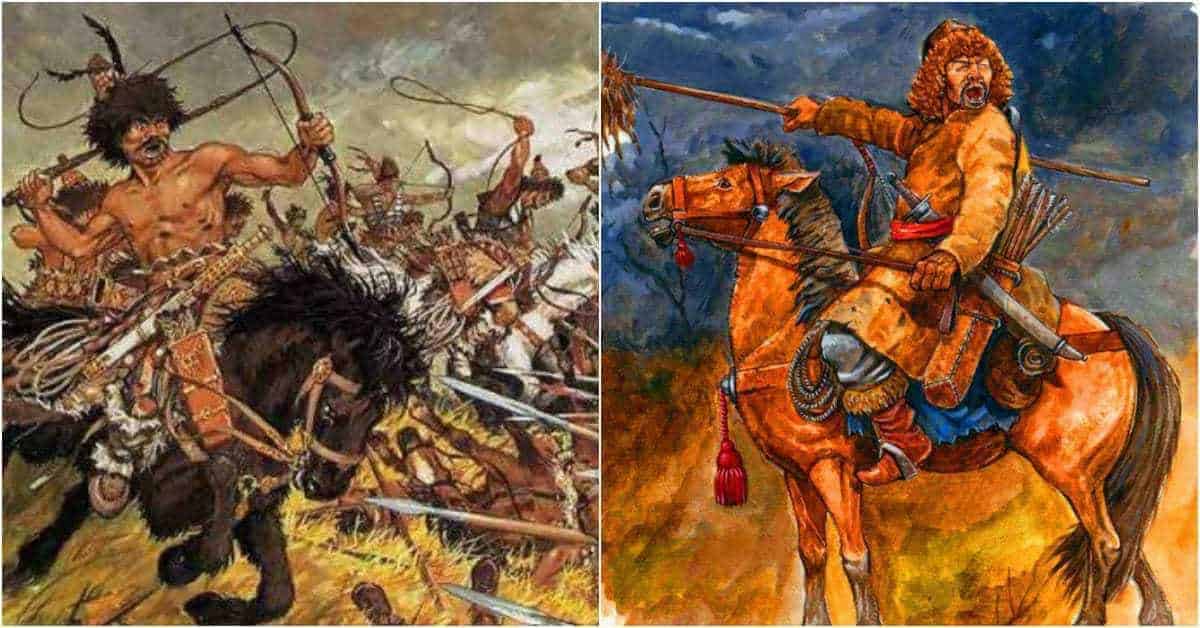Biological warfare is hardly a recent invention. Although today we have the technology and knowledge to create devastating biological weapons that our early ancestors couldn’t have dreamed of, people have been using viruses and bacteria as weapons for thousands of years. There are dozens of examples in history of armies trying to poison or infect their enemies with biological agents.
But for one of the most significant examples of early use of biological weapons, we can look at the 14th century and the Mongols, whose attempt to take the city of Caffa (or Kaffa) led to the use of one of the most virulent biological weapons of the Middle Ages: the Bubonic Plague.
The Bubonic Plague, or the Black Death as it is often called, was one of the most destructive pandemics in history. The source of the Plague itself is disputed, but the most likely candidate is a bacterium named Yersinia pestis. Yersinia pestis typically circulates among rodent populations.
From there, it gets into the guts of fleas that feed on the rodents. When humans and rodents come into contact with each other, the fleas leap onto the humans and bite, regurgitating the infected blood into the wound.

Once in the human bloodstream, the bacterium multiplies and accumulates in the lymph nodes, forming large masses called “buboes.” These buboes become reservoirs of infected pus and often rupture, spreading the infection to nearby people. In most cases, someone infected by the plague dies within a week or two. During the Middle Ages, the plague spread rapidly among the population.
And while we may never know exactly how many people died, the toll was horrendous. It’s estimated that somewhere between 30 and 60 percent of the population of Europe died as a result of the Black Death.
There’s much we don’t know with certainty about the Black Death, but scholars agree that it most likely originated somewhere in Central Asia in the 14th Century. From there, it spread to India and China, as well as into the Crimean Peninsula. The rapid spread between these regions was facilitated by the fact that the Mongol Empire had grown to connect the regions in something called the Pax Mongolica, or Mongolian Peace.
While the Mongol conquests were undeniably brutal, they did create an environment conducive to trade. A common saying during the reign of Ghengis Khan was that “a maiden bearing a nugget of gold on her head could wander safely from one end of the realm to the other.”
But following the death of Ghengis Khan, the Mongol Empire began to fracture in a series of dynastic struggles for control among his successors. Eventually, the Empire broke up into a number of competing Khanates. One of these Khanates conquered as far as the Crimean region and launched invasions into Poland and Hungary.
These Mongols were part of what is often called “The Golden Horde.” And in the 13th Century, Genoese traders cut a deal with the leader of the Golden Horde to establish a trading post at Caffa on the Crimean Peninsula. Over time, this city grew to be a major connection for trade between Europe and Central Asia.

